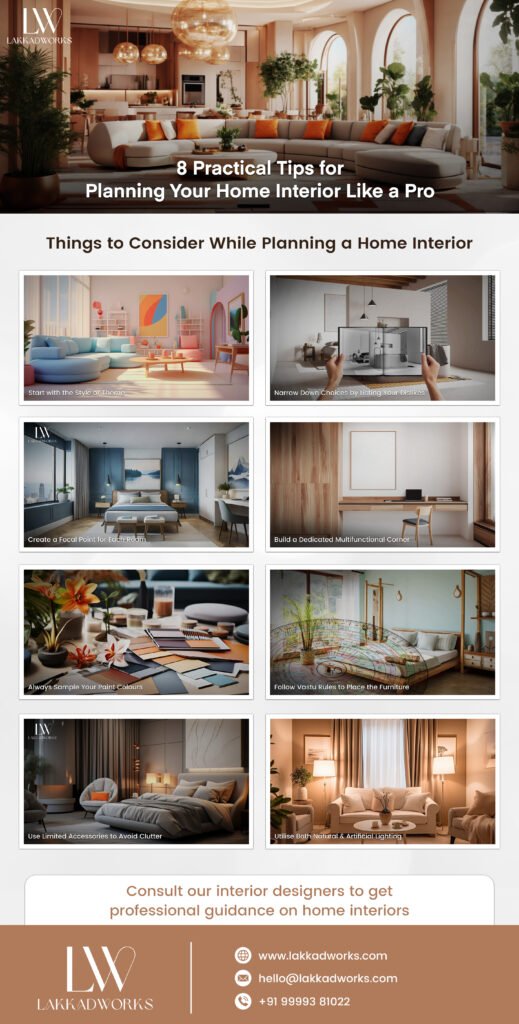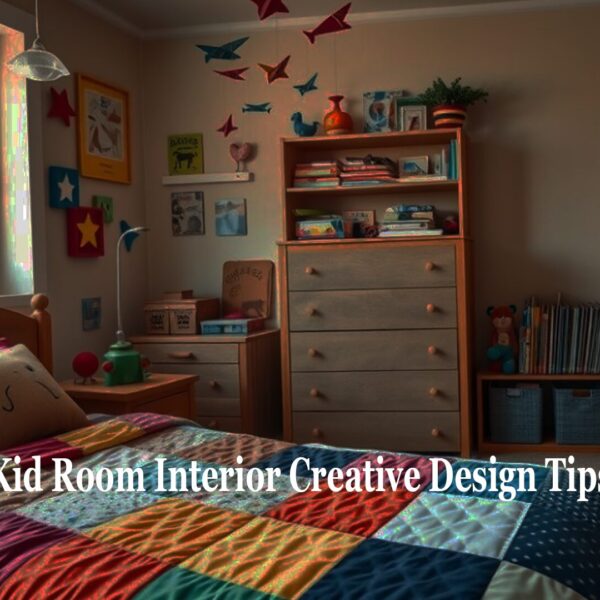March 12th, 2024
Your home is your ultimate comfort zone, where you can return after a long day interacting with the world and finally be yourself. So, while designing your home interior, don’t get overwhelmed trying to incorporate every latest trend or design at once! Instead, focus on personalising it for your own comfort and well-being.
However, in most cases, people struggle with the ‘where to start’ dilemma when they plan their interior design. That’s why our best interior decorators have curated a list of the most essential things you should consider while planning your home interior design. Let’s get started!
8 Things to Keep in Mind While Planning a Home Interior Design
1. First, Select the Style or Theme
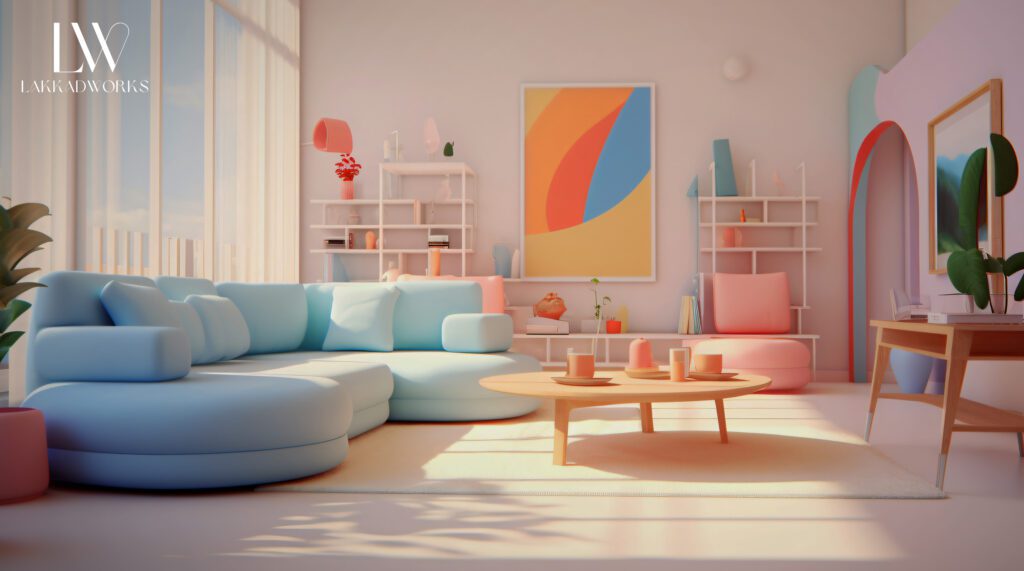
Ever wondered how to describe the vibe of your dream home? That’s the thought you should begin with while planning your home interior.
Imagine your ideal home environment and see what comes to mind. Is it traditional, elegant, or playful, modern, and minimalist? Once you decide on the look and feel you are going for, you can select the colours, furniture, and accessories easily.
For inspiration, think of a hotel room that you love or maybe a restaurant with a stunning ambience. You can pick the theme of your home interior literally from any place and add your personal touch to it.
The following are some common styles or themes you can consider:
- Modern: Offers simplicity and functionality with clean lines, minimalist furniture, and open spaces in neutral tones.
- Contemporary: Similar to modern style, contemporary design incorporates the latest trends and a combination of new materials, textures, and colours.
- Traditional: Classic Indian or European-inspired aesthetic, characterised by elegant, symmetrical designs and use of rich wood, luxurious fabrics, and intricate patterns.
- Industrial: Offers a bold aesthetic and the raw, unfinished essence of converted warehouses and factories with exposed bricks, concrete floors, metal accents, and open spaces.
- Bohemian: Celebrates free spirit by creating a relaxed and artistic atmosphere with vibrant colours, playful patterns, and the use of plants and natural materials.
- Farmhouse: Offers the warm and inviting ambience of rustic country living by blending vintage charm with modern elements, natural materials, distressed wood, neutral colours, and cosy textiles.
2. Understand What You Don’t Like
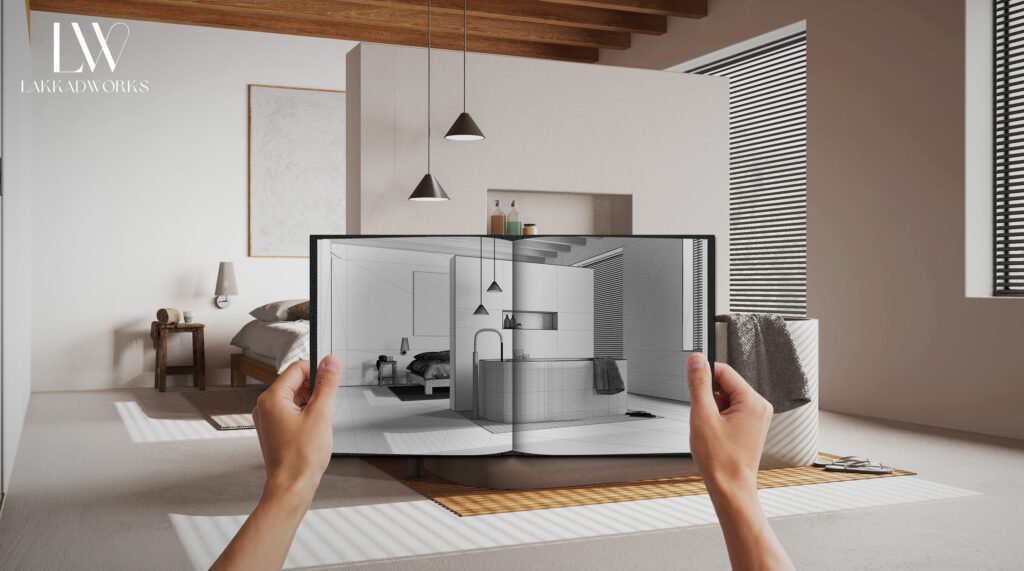
culinary experience?
3. Decide on the Focal Point
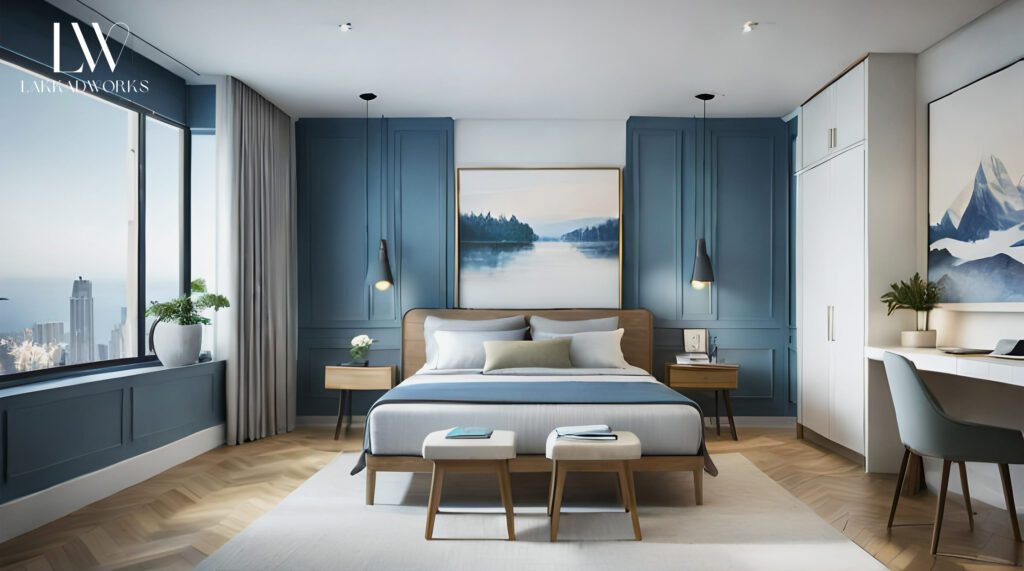
A well-designed home tells a story about your individuality, reflecting your unique tastes and preferences. Just like a story needs a central character to guide the narrative, your home interior needs a focal point to catch the eye and anchor the space. Every room needs a signature piece of furniture, accessory or simply an architectural element that acts as the star component of the design.
If you have unique architectural elements like arches, jharokhas (ornate window embellishments), or textured feature walls made with materials like exposed bricks and stone cladding, you are sorted! You can transform these elements easily into stunning focal points with minimal effort. Alternatively, you can also use signature customised furniture, handloom rugs, handcrafted artefacts, or a large, statement piece of artwork as the focal point for your rooms.
4. Keep a Multifunctional Corner
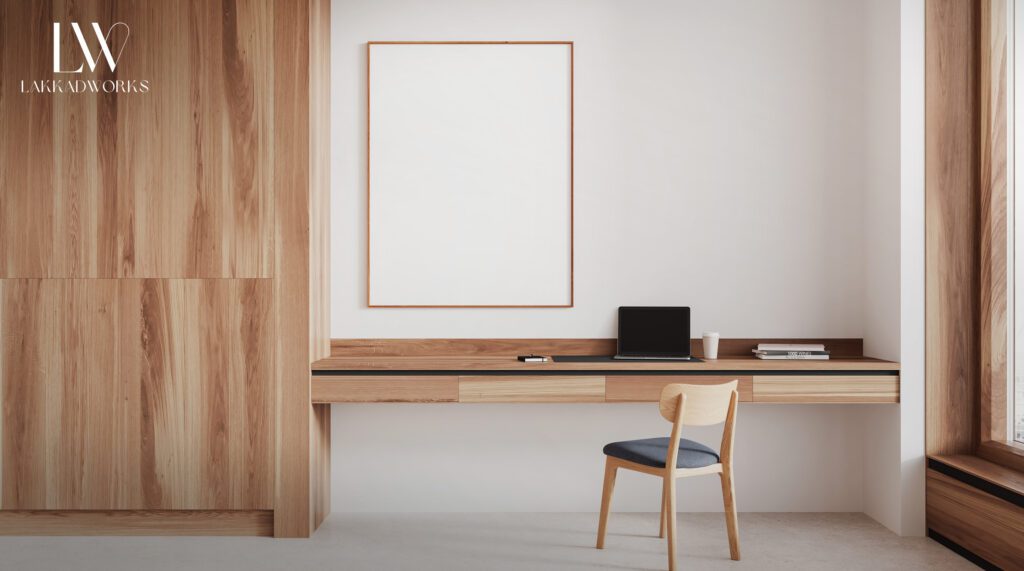
In India, space is often considered a luxury. With urbanisation rapidly consuming cities, multifunctional design elements are becoming essential for creating practical, livable homes. A dedicated multifunctional corner allows you to create flexible spaces within your home to suit your evolving needs.
Discover More: 8 Incredible Hacks to Maximise Space in Your Home
Create a multifunctional corner within your living space which you can use as a cosy nook for family time, reading, a quiet work-from-home station, or practising meditation. Keep a foldable small desk, comfortable seating, and a daybed that doubles as a sofa, and decorate it with calming elements like plants, soft cushions, etc.
You can also utilise vertical storage solutions like shelves and wall-mounted storage to optimise the corner area. These are particularly useful in smaller, more compact Indian apartments.
5. Sample Your Paint
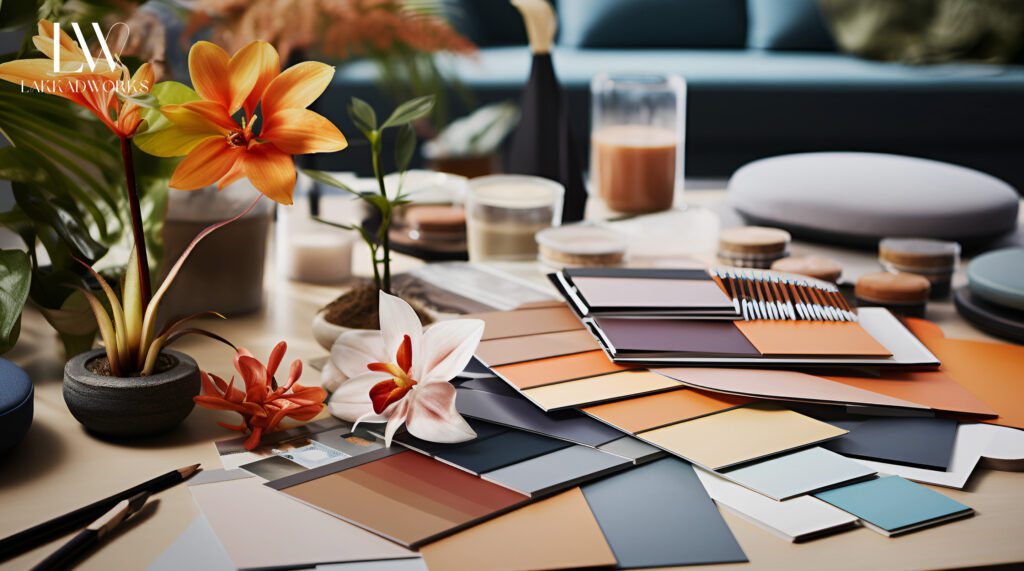
The colour in the sample books may not match our vision once it’s on the walls. So, when we choose colours for our home interior just by looking at them, we often end up regretting our decision. That’s where paint sampling comes to the rescue!
Sampling allows you to experience how different colours look in your space before committing to gallons of paint. The following are a few things you should keep in mind while sampling your paint:
- Observe how paint samples look at different times of the day in different lighting conditions.
- Instead of tiny paint chips, paint large swatches (at least a foot square) directly on the wall to get a clear idea.
- You can consider testing colours on trim, doors, and even large furniture pieces to see how the colour works throughout the space.
6. Ensure Strategic Placement of Furniture
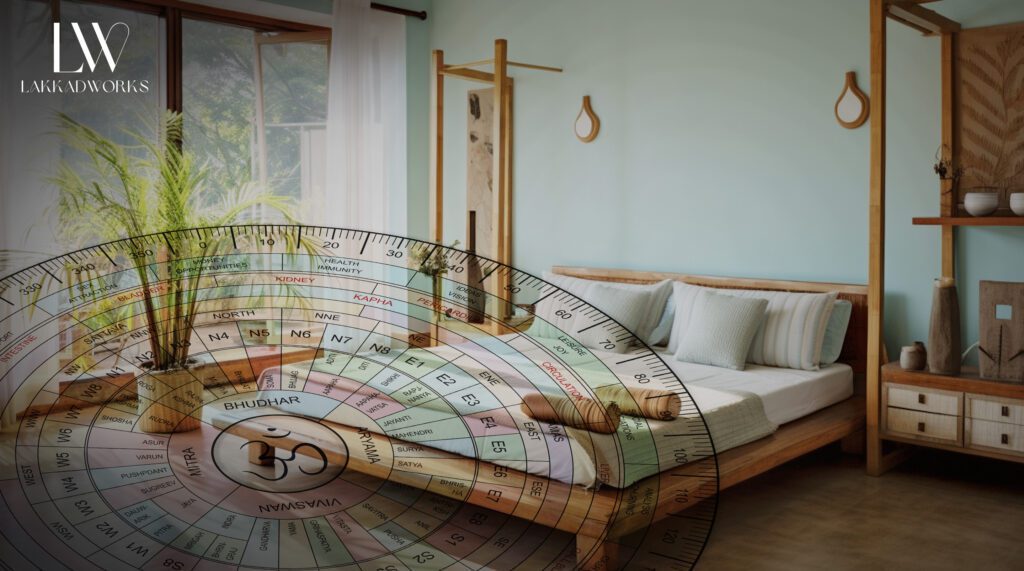
Furniture placement has the power to make or break your interior design. Strategic placement of furniture not only enhances aesthetics and improves functionality but also eases the flow of energy. Follow the principles of Feng Shui and Vastu Shastra to ensure it benefits the people residing in the home. In this case, you should consult an interior designer for detailed guidance.
In addition, you can consider the following rules for positioning furniture:
- Do not push furniture against walls. Leave space behind sofas and chairs to create the illusion of an open space.
- Ensure clear walkways between the main furniture pieces to enable easy movement within the space.
- Position furniture in a way that accentuates your room’s focal point. For example, place the modular wardrobe in a direction that doesn’t interfere with the natural source of light in your room.
7. Do not Overdo Additional Accessories
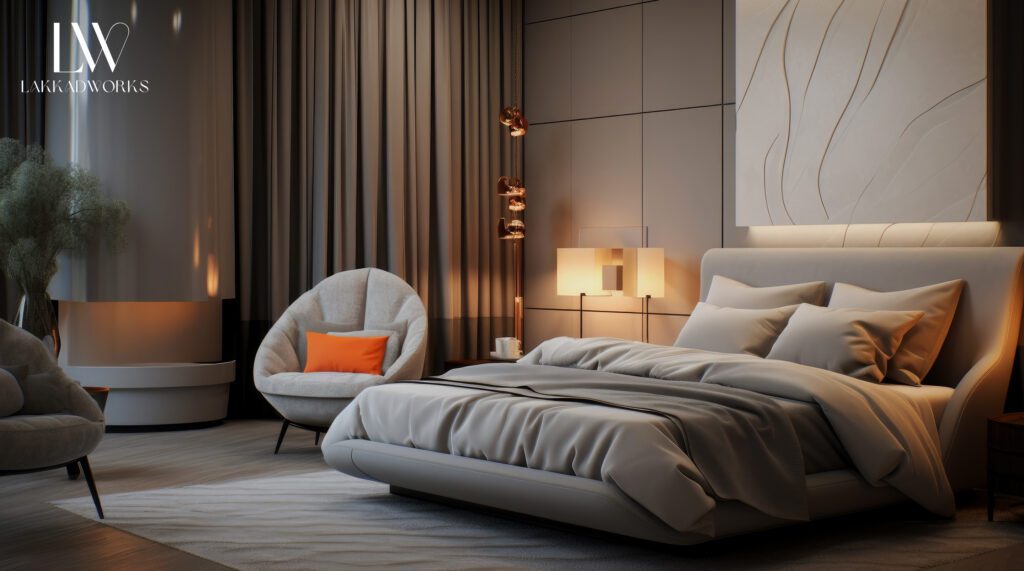
In an interview with Time Magazine, renowned interior designer Grant K. Gibson suggested that individuals should begin from the ground up while planning their home’s interior. First, decide on the floor covering, which will help you determine how to layer the other pieces in your home interior. You can then move up and decide on mirrors, lamps, etc., which will also take up the floor space. After that, you can focus on the walls and decide on the paintings or other artefacts you want to decorate your walls with.
Another effective solution is to get accessories that enhance the home’s unique architectural details, like a ceiling beam or unique windows. Use statement lighting or designer curtains and drapes to highlight these features.
8. Consider the Lighting – Natural and Artificial
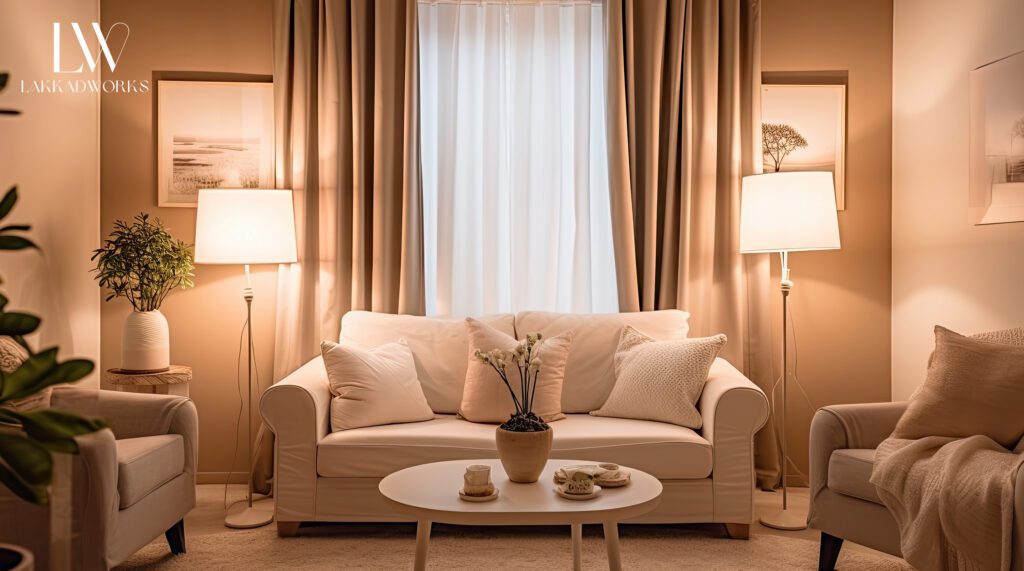
Most parts of India enjoy ample sunlight throughout the year. Utilise this to your advantage! Position the focal point of your room near a window or balcony to increase its visual impact in natural light. It not only saves on energy costs but also creates a vibrant and welcoming ambience.
If direct natural light isn’t available in your rooms, use mirrors and place them strategically opposite your focal point. It will reflect light and create an illusion of spaciousness.
In addition, you should also carefully select artificial lights to highlight the architectural features or accessories in your home interior.
Ready to transform your storage solutions?
Plan Your Dream Home Interior – Get Top-notch Interior Design Services in India
Designing your dream home should be exciting and fulfilling, not stressful. With Lakkadworks, you can get your dream home interior under the supervision of the best interior decorators in the country. Whether it’s our innovative interior designs or premium furniture made at our in-house interior design workshops, our interior design services speak volumes about our work. Visit our website or contact us at +91-9999381022 to book your first consultation for free!
